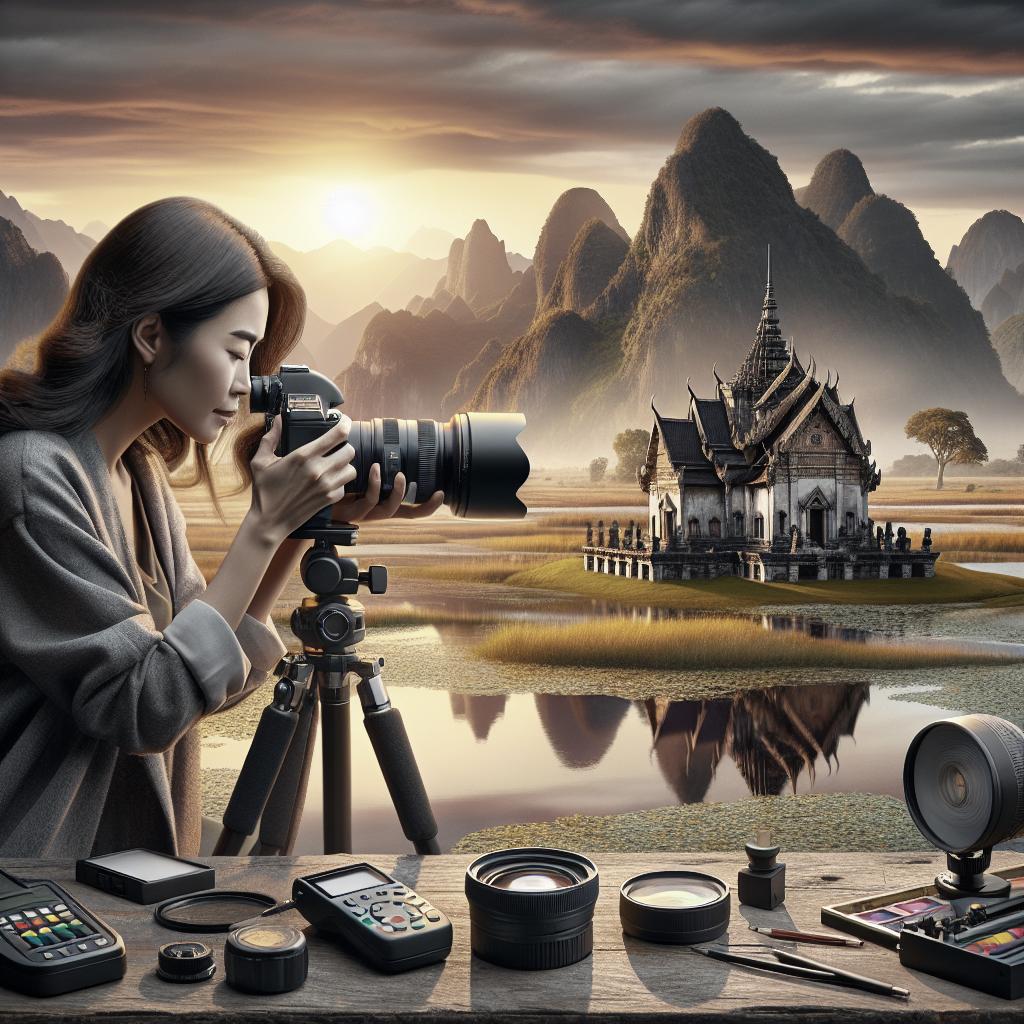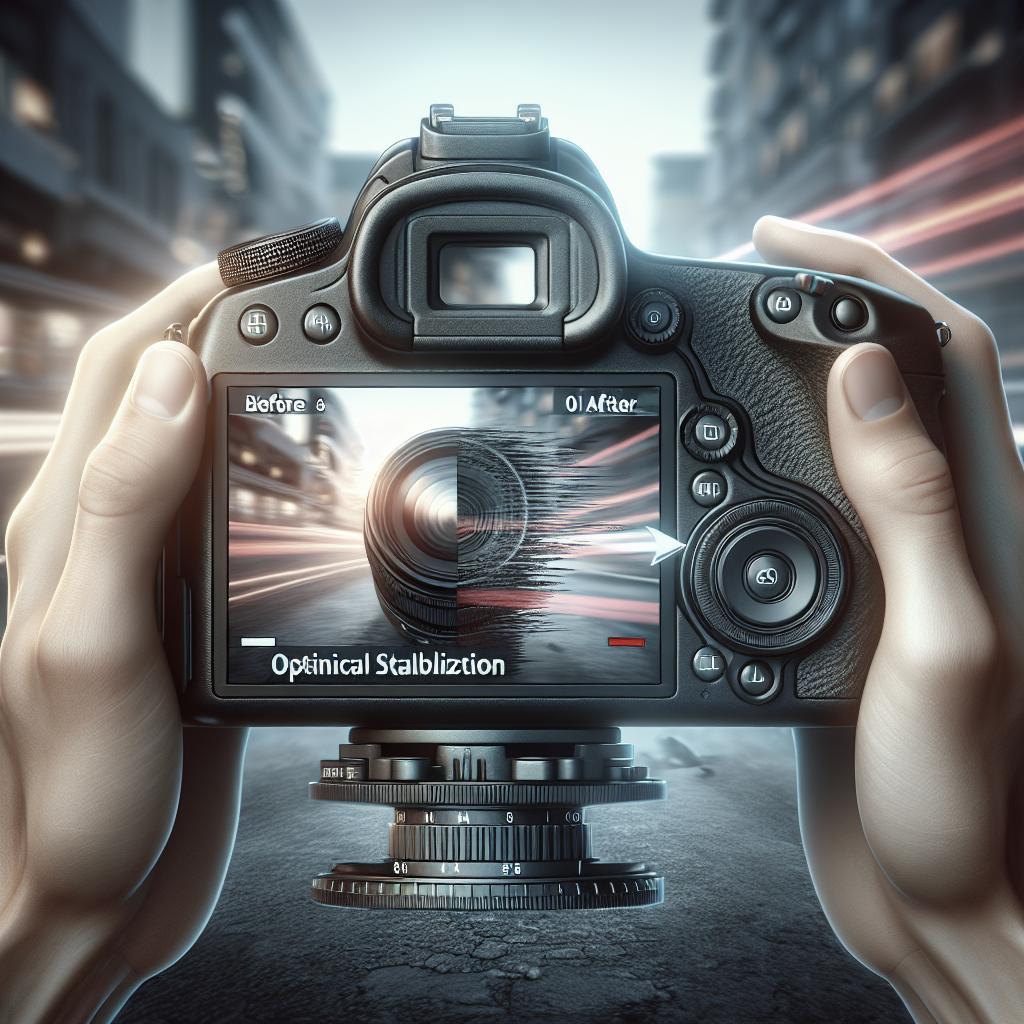“`html
How to Capture the Perfect Establishing Shot
When creating a video or film, setting the stage is essential, and that’s where the establishing shot comes in. It’s the cornerstone of visual storytelling, providing viewers with an initial glimpse into the world you’re about to unveil. In this blog post, we’ll explore different techniques and considerations to master the art of the perfect establishing shot. Dive into the nuances of angles, geography, and storyline integrations. Discover the secret behind wide and classic shots, the importance of storytelling incorporation, when it’s effective to deviate from geographical establishments, and how to establish the element of time. Whether you’re an aspiring filmmaker or a seasoned director, these insights will enrich your projects and elevate your storytelling capability.
Angles, Geography, Storyline
Angles, geography, and storyline are key elements to consider when planning an establishing shot. The right angle can evoke particular emotions and perspectives, allowing the audience to engage more deeply with the setting. Low angles can create a sense of power and dominance, while high angles can make locations appear distant or insignificant. Experimenting with different angles can radically change the narrative implication of your scene.
Geography provides the audience with context, situating characters and events within a physical environment. Consider famous urban skylines or sweeping desert vistas; each geographic selection tells the audience something about the world they’re about to enter. This setup can be as explicit or as subtle as you want, depending on the desired impact.
The storyline is woven through both the angle and the geography of a shot. Effective storytelling balances these elements, delivering foreshadowing or subtle hints about the narrative arc. Each choice, from camera movement to lighting and composition, should reinforce the story you intend to tell.
The Wide Shot
The wide shot is a classic technique for establishing shots due to its ability to encompass a large field of view. By capturing a broad perspective, wide shots afford filmmakers the opportunity to integrate significant visual details that introduce the setting and mood. This approach is especially useful in establishing vast, open settings like mountain ranges, bustling cities, or expansive battlefields, instantly conveying the scale and significance of the scene.
Wide shots are powerful for demonstrating relationships between characters and their surroundings. By positioning figures within a broader environment, you subtly communicate how they interact with the world around them. This context can help viewers grasp social dynamics or impending action, setting expectations for the ensuing narrative.
The Classic Shot
The classic establishing shot often involves well-known landmarks or architectural styles synonymous with certain locales, anchoring viewers in a specific place. Think of the Eiffel Tower for Paris or the Golden Gate Bridge for San Francisco—these instantly recognizable elements serve as shortcuts to geographical storytelling.
Utilizing classic shots can quickly inform the audience of the setting, removing the need for lengthy exposition. However, relying too heavily on this technique may lead to clichés, so it’s essential to balance creativity with recognizability. By injecting unique perspectives or introducing unconventional framing, you can keep classic shots fresh and engaging.
Incorporating the Story
To incorporate the storyline into your establishing shot, focus on the narrative’s core themes or conflicts. This might involve selecting symbolic locations or framing elements within the shot that hint at character motivations or plot developments. The aim is to forge a connection between the setting and the story itself, allowing the audience to infer meaning and anticipate events.
Consider using environmental details to echo your story’s themes. For instance, placing characters in a dilapidated building might suggest struggles or decay, while setting them against a sunrise can symbolize hope or new beginnings. These visual cues enrich the audience’s experience, providing depth to the storytelling process.
When Not to Establish Geography
Sometimes, withholding geographic context from your establishing shot can serve a storyteller’s purpose. This approach encourages viewers to focus on other narrative elements, such as character development or thematic undertones. By keeping the setting ambiguous, you maintain a sense of mystery or unease, engaging the audience’s imagination and drawing them deeper into the story.
This technique is particularly effective in genres like mystery or thriller, where suspense and curiosity are pivotal. By strategically omitting certain geographic details, you can create tension and anticipation, compelling the audience to piece together the backdrop as the story progresses.
Establishing Time
Establishing the time within your shot is an often overlooked but crucial element of storytelling. Incorporating visual indicators such as lighting, weather conditions, and cultural details can instantly inform viewers about the time of day, season, or historical period in which the story unfolds. These cues help ground the audience, enhancing their comprehension of the narrative.
Filmmakers can manipulate time to convey specific emotions or thematic elements. For example, a scene set during the golden hour can evoke warmth and nostalgia, while a rainy or stormy backdrop might introduce tension or melancholy. By carefully considering how you position time within your establishing shot, you’ll enhance the storytelling layers within your film.
Final Thoughts
| Aspect | Description |
|---|---|
| Angles, Geography, Storyline | Considerations affecting emotional engagement, context, and narrative integration. |
| The Wide Shot | Encompasses broad perspectives to introduce setting and mood; illustrates relationships. |
| The Classic Shot | Utilizes known landmarks to quickly anchor the audience in a specific place. |
| Incorporating the Story | Integrates themes and hints at plot developments through visual elements. |
| When Not to Establish Geography | Creates mystery or suspense by omitting geographic context. |
| Establishing Time | Uses visual indicators to convey time, enhancing storytelling depth. |
“`


